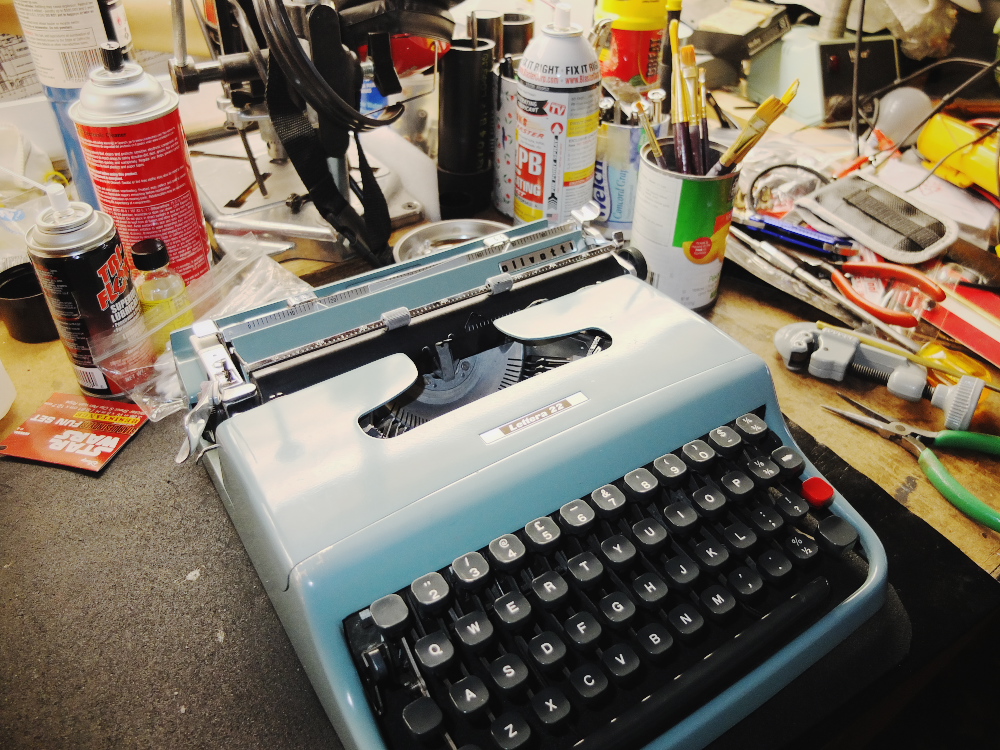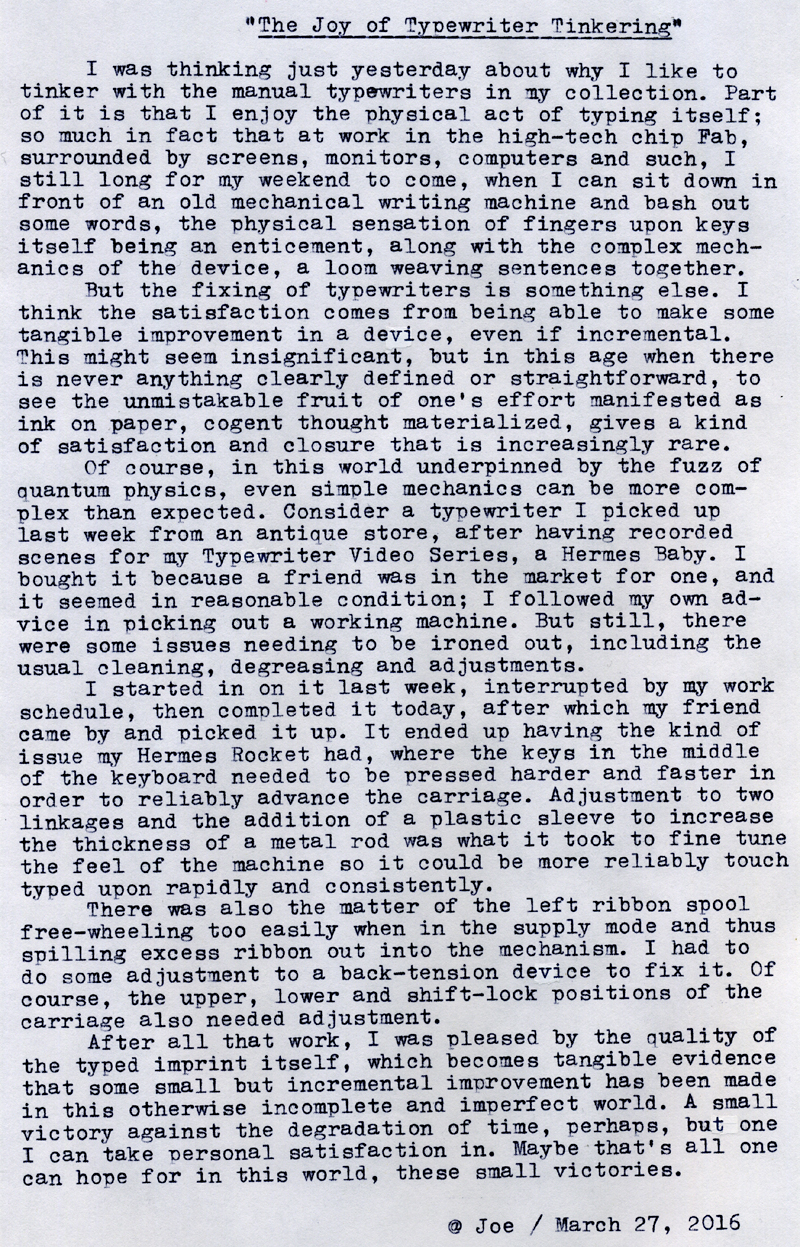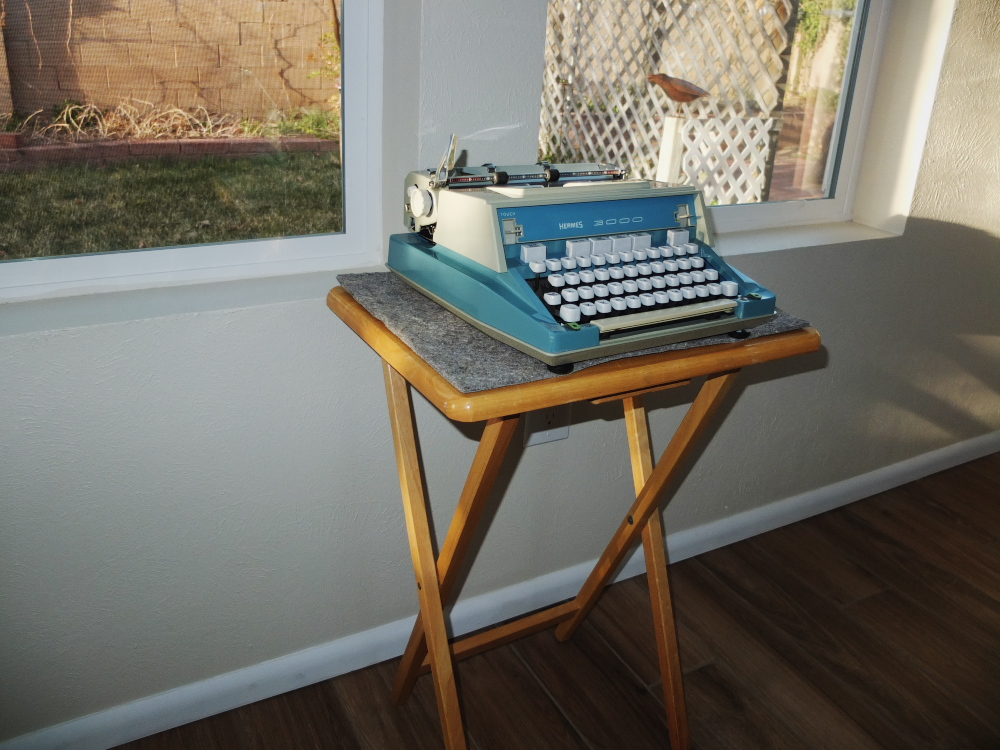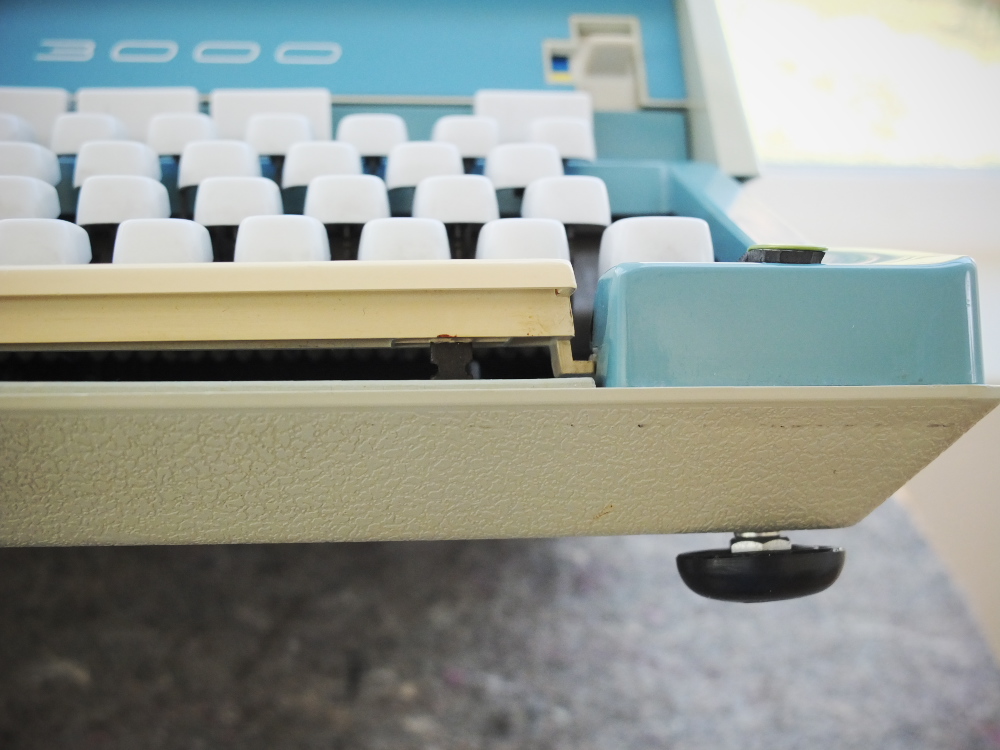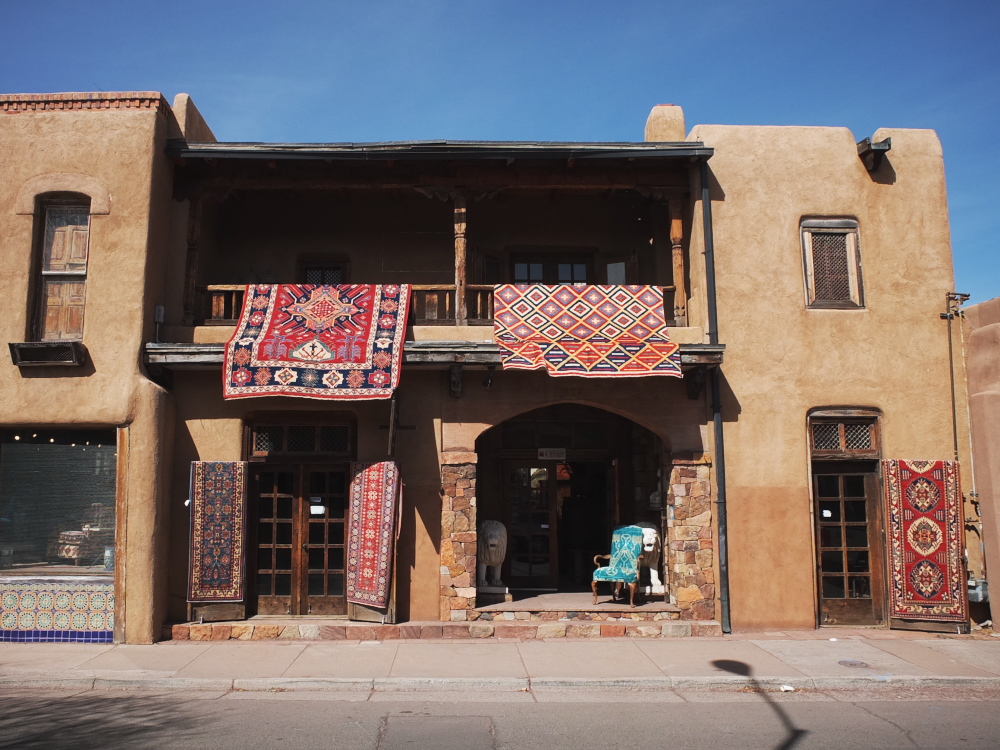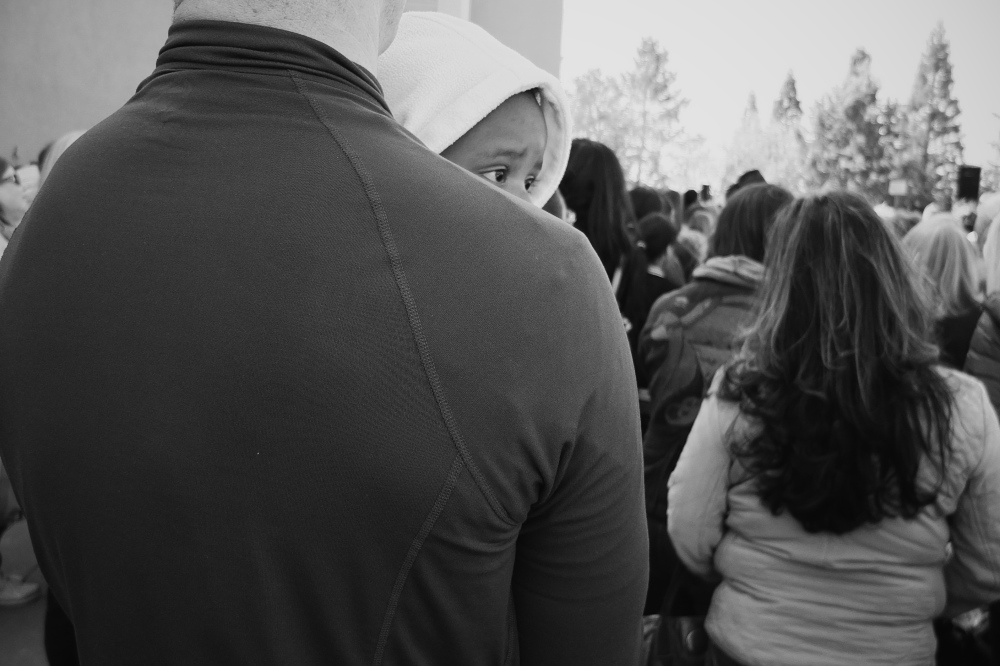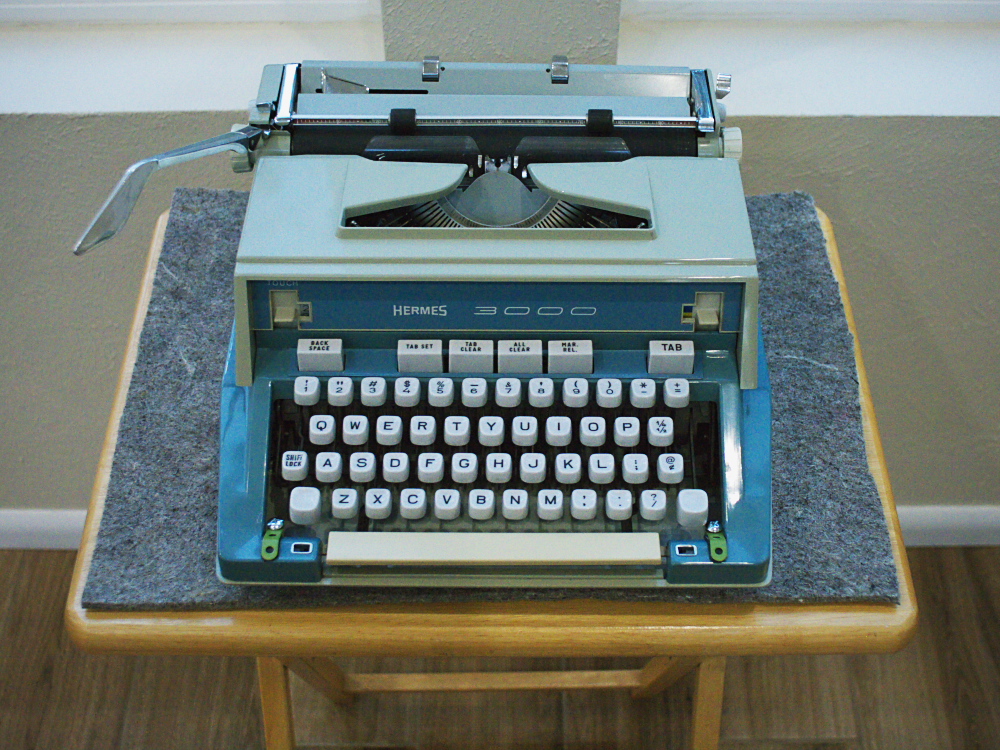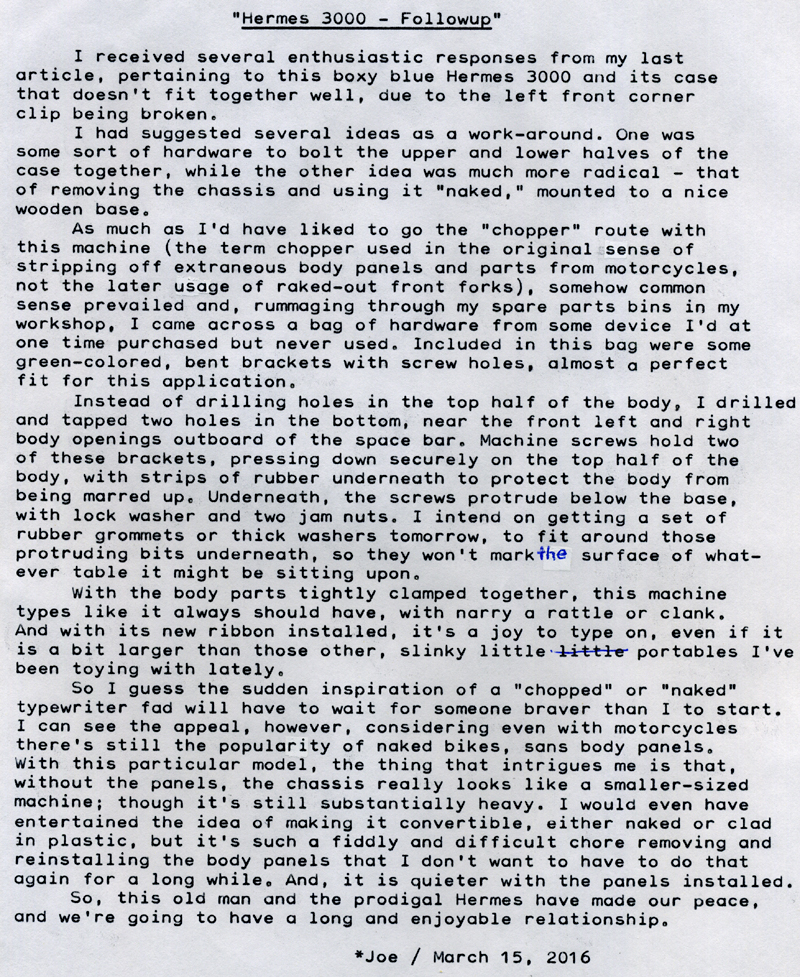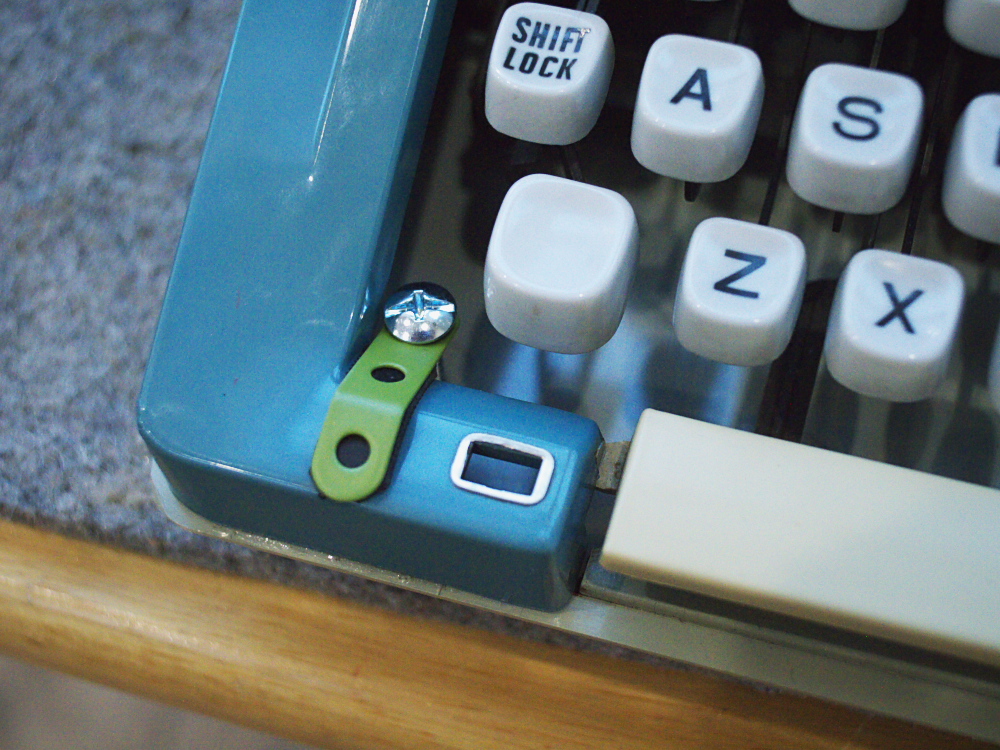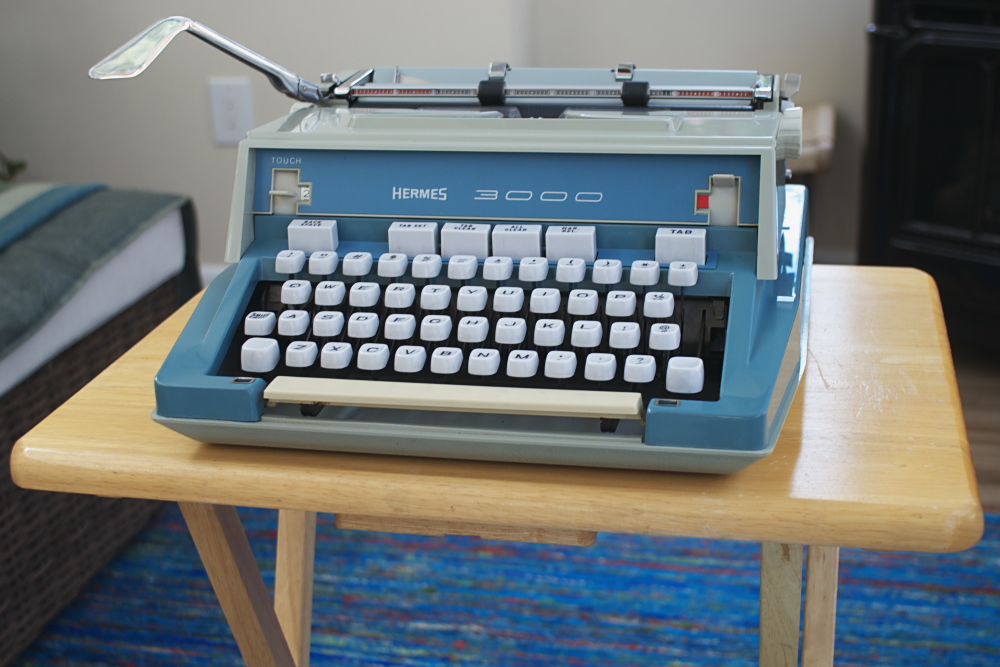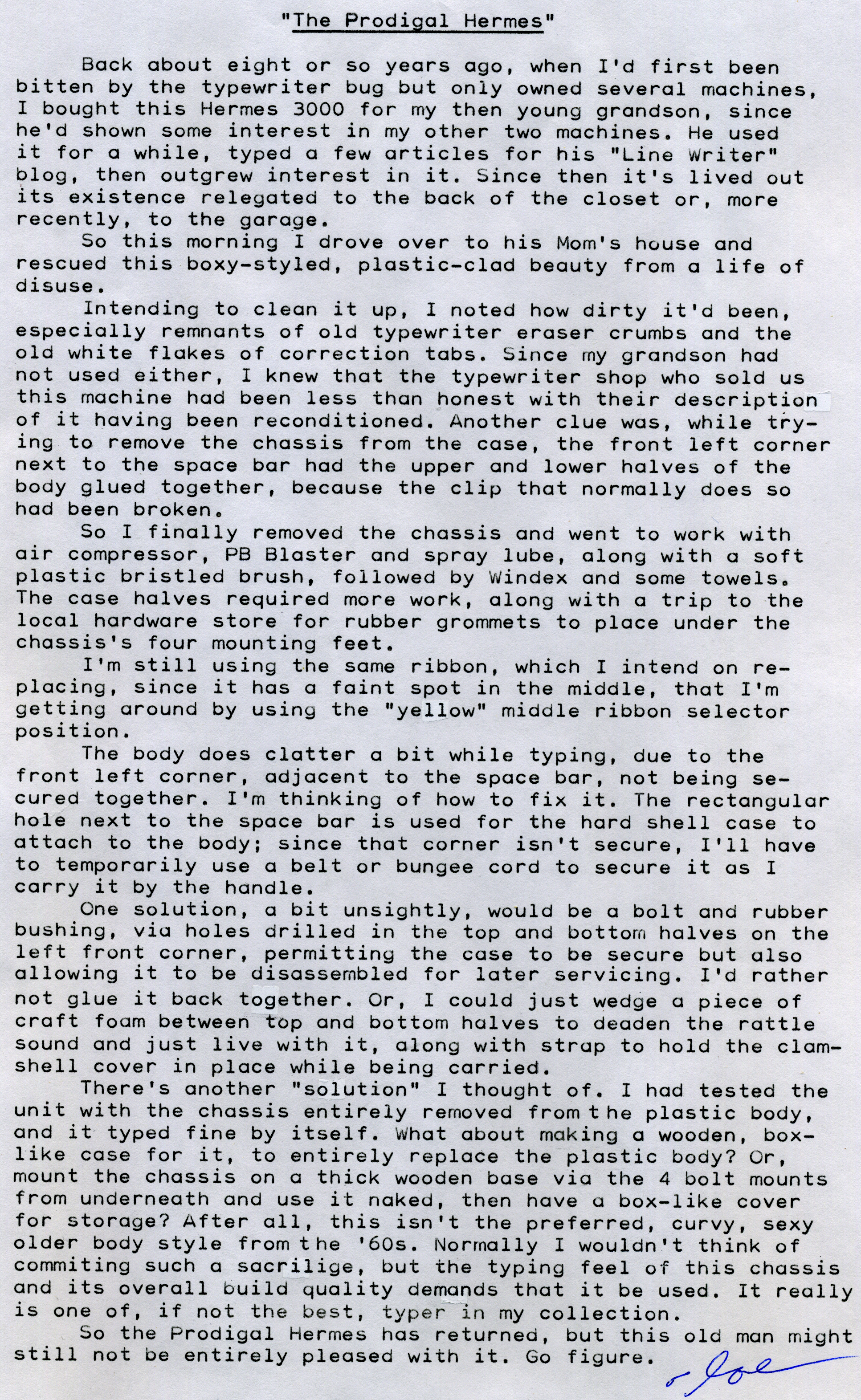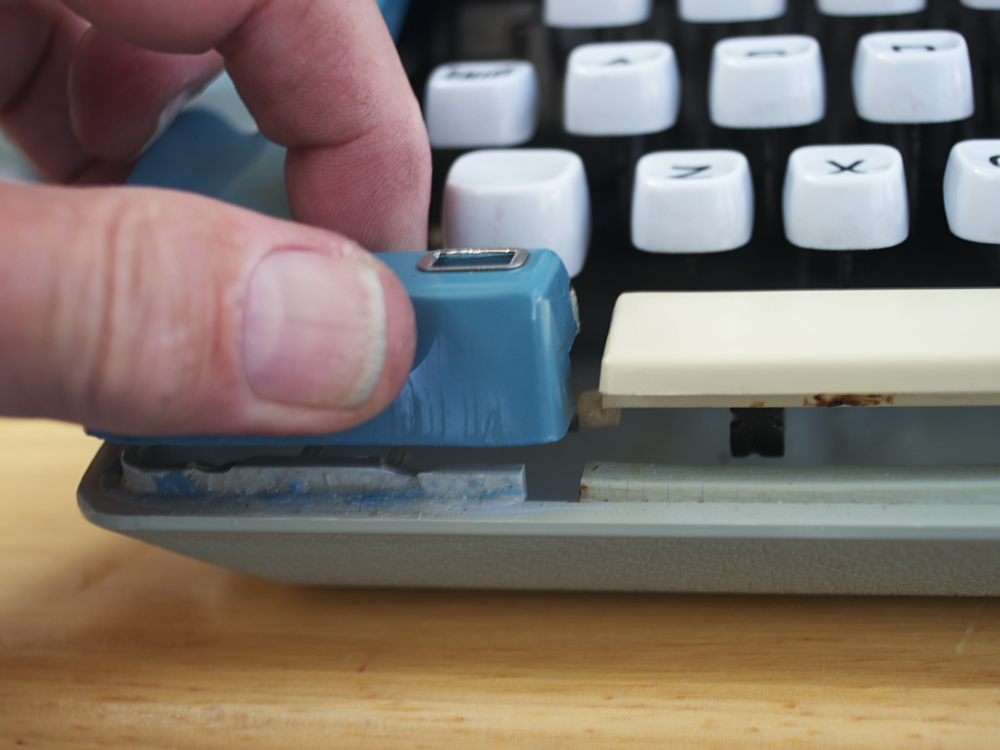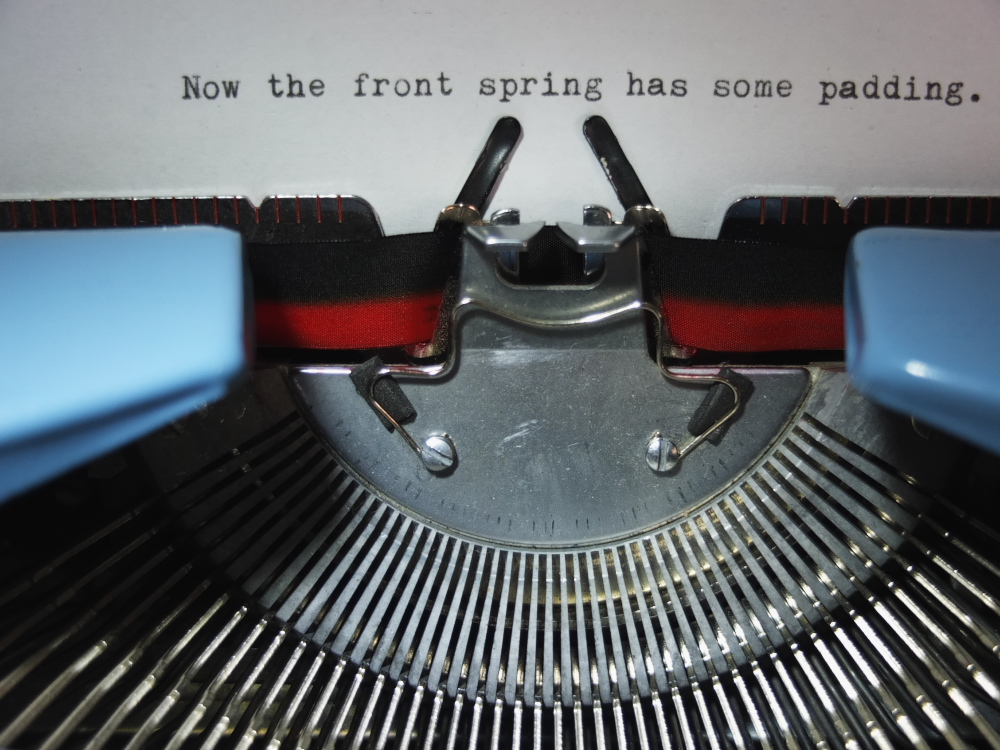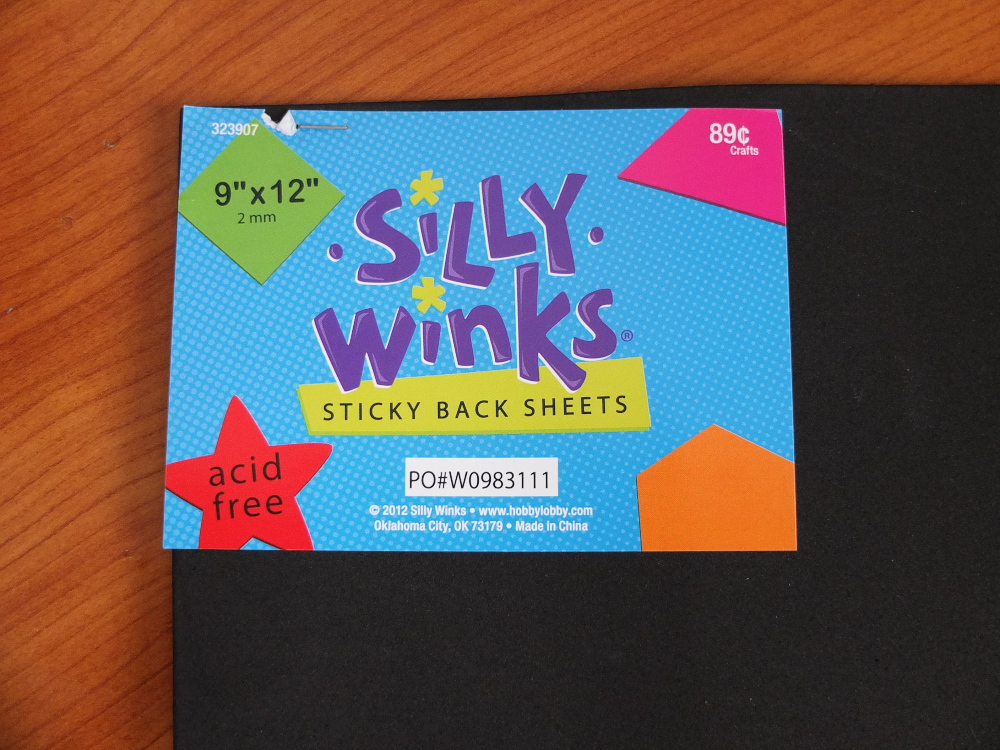TWVS Episode 6 & More
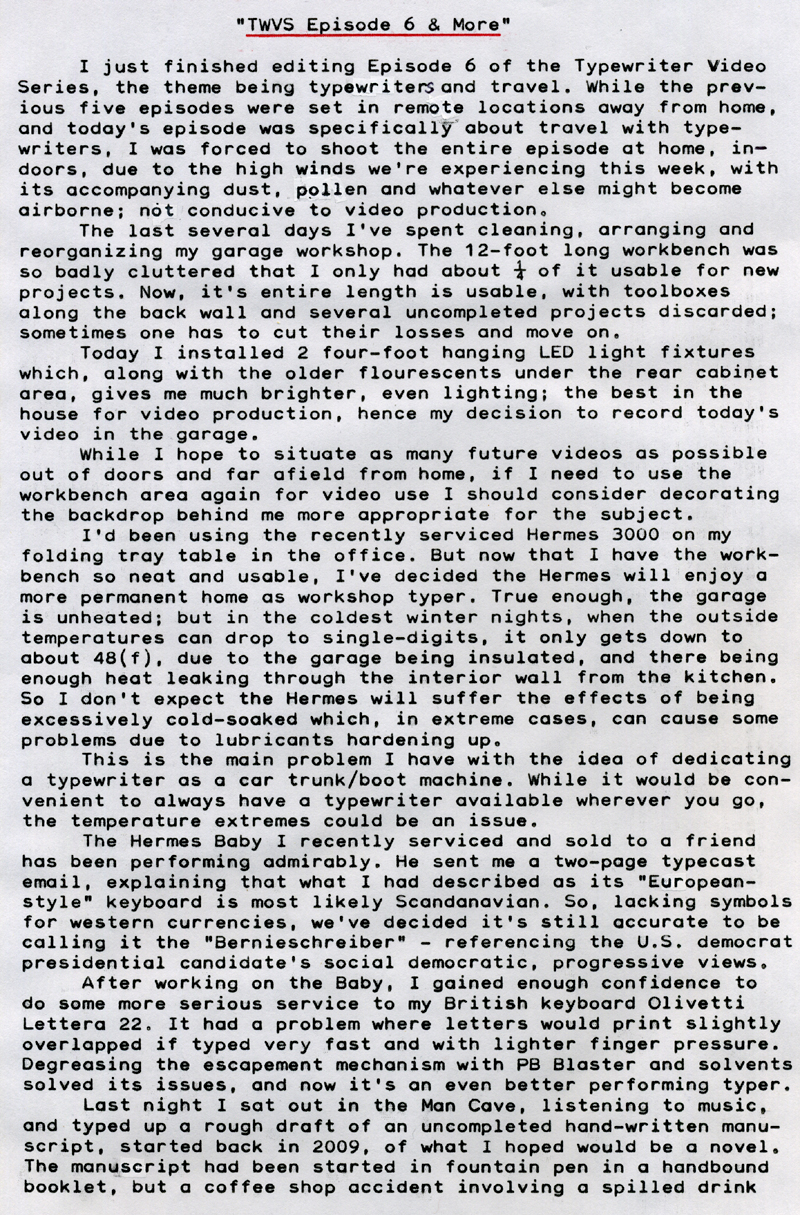
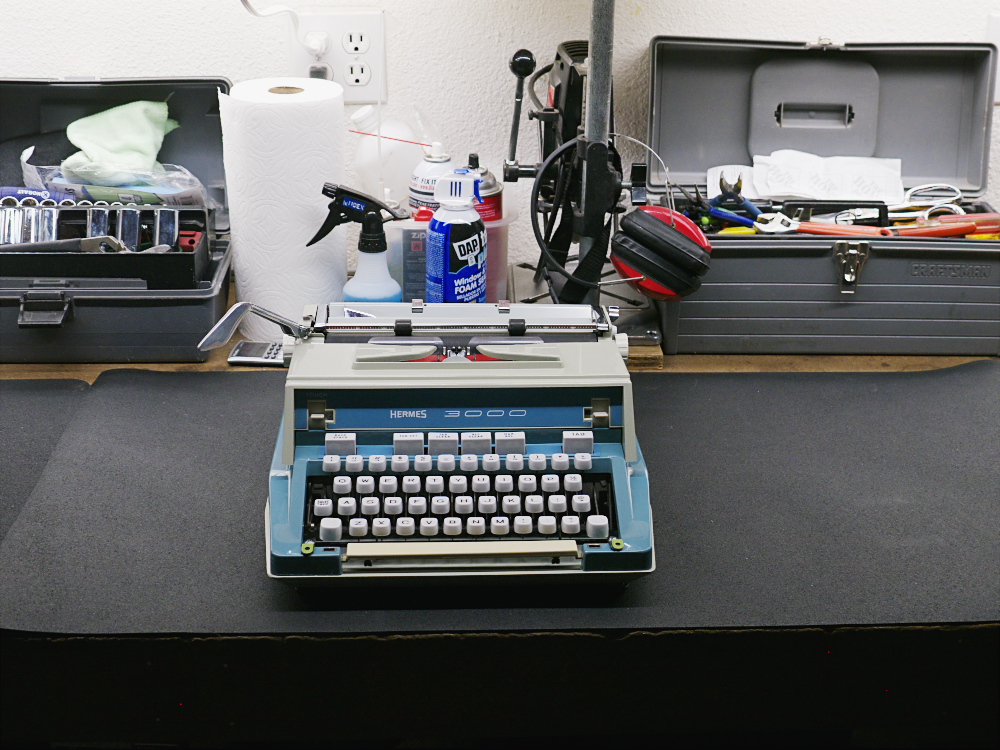
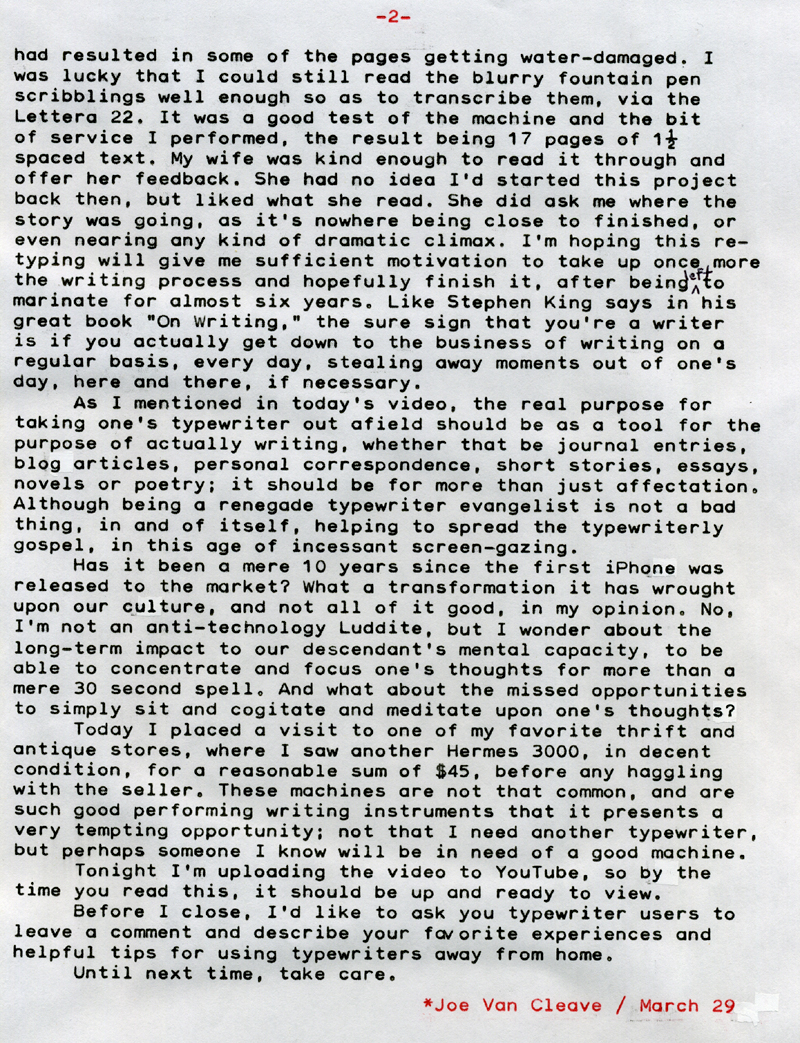
Post-Script: Hopefully, by next week the weather will be much improved and I can set the next Typewriter Video Series episode somewhere a bit more interesting than my garage workshop. I do understand, however, that future videos may require an indoor setting, so I need to think about how to make the workbench "set" a bit more photogenic. I have to sit fairly close to the bench to be in the sweet spot of lighting, and in order to get a medium shot along with the typewriter I have to shoot down the length of the bench. Perhaps some kind of wall decor along the left side of the bench can improve the look. I'm using as a mental reference the great studio room that Ted Forbes uses in his "Art of Photography" YouTube channel, which serves as inspiration for me in how it's properly done.
The thing I really don't want to think about is why I let the workbench get so cluttered. It really happened over the course of years, with various projects I'd start, then let fall to the side as other things took precedent. Having such a large workbench also makes it tempting to be used as a "catch-all" for whatever clutter doesn't seem to fit in the house; the garage seems to function as a halfway point between the house and the storage shed in the back yard.
This idea of dedicating typewriters to certain physical locations, such as a workshop or car trunk, is an interesting one, probably unique to this post-typewriter era where machines in decent condition can be more easily procured than in their heyday, when they were very expensive relative to the average person's income. So us typewriter-using collectors now find ourselves in a kind of renaissance of mechanical type, where a small collection of usable machines can be easily built up over time; the surplus of machines in one's possession thus begging the question of what to do with them, besides storing them in the closet or under the bed. Putting them to good use, each to a dedicated area or purpose, becomes logical.
I think there are two aspects to the typewriter hobby. There's the "typewriter fondling" aspect, where touching and servicing them is paramount. Then there's the writing aspect, putting typewriters to good use for the purpose of actual writing. Of course, a person doesn't have to be a world-renown author to have some serious purpose in using a typewriter. But what they seem to do, because of their focused purpose in being specifically useful only for writing, is to force us to face the issue of being literate and being able to write. There was an age, earlier in the last century, when it was assumed that the average person could write with little difficulty. Not so these days; which makes the purpose-focused utility of the manual typewriter all that more important.
Typecast via Hermes 3000. It sure has been getting a lot of attention lately; and deservedly so, given how well it types and prints.
Labels: clutter, Hermes, Hermes 3000, Typewriter video series, workshop
